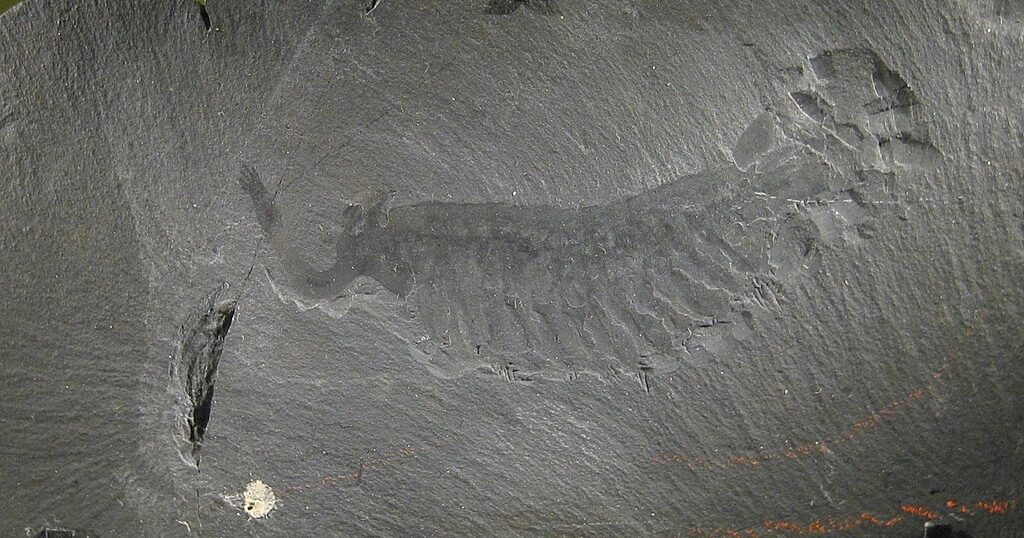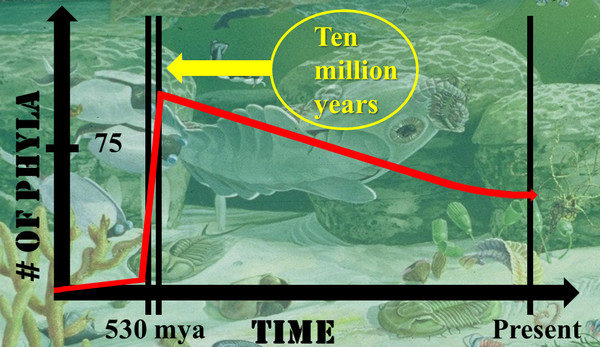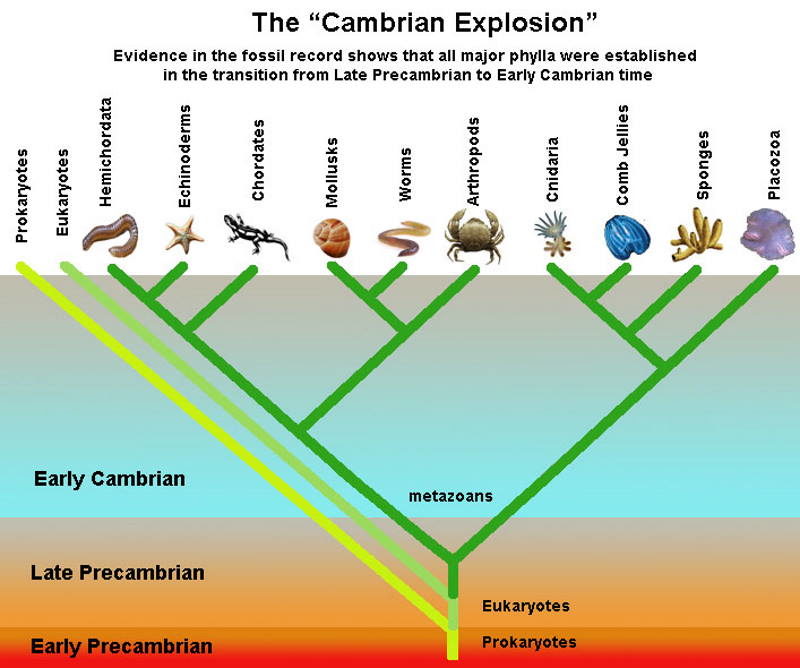Darwin's Doubt
If that's how you feel, welcome to the debate over intelligent design and evolution. Stephen Meyer argued in his 2013 book Darwin's Doubt that the Cambrian animals represented an explosion of new genetic information that outstripped the creative powers of the Darwinian mechanism. It wasn't until then that ID-critics doubled-down on their claims that the Cambrian animals didn't require new genes! This allowed them, they thought, to sidestep this mathematical challenge to their viewpoint. No need to explain the origin of new genetic information if no new genetic information is needed, right?
Wrong. In 2018 we reported:
Someday we may get tired of being vindicated. But not yet! Günter Bechly recently discussed a new paper that confirmed Stephen Meyer's claims in Darwin's Doubt that arthropods appeared abruptly in the Cambrian explosion, without evolutionary precursors in the Precambrian. Another recent groundbreaking paper in Nature Communications has also provided massive confirmation of Meyer's arguments in the book that new genes were required at the origin of animals.Additional Vindication
Well, additional vindication has now come, as a new paper in eLife, "The genetic factors of bilaterian evolution," has found that 157 new genes were required during the Cambrian explosion to account for the origin of bilaterians (animals with bilateral symmetry):
The Cambrian explosion was a unique animal radiation ~540 million years ago that produced the full range of body plans across bilaterians. The genetic mechanisms underlying these events are unknown, leaving a fundamental question in evolutionary biology unanswered. Using large-scale comparative genomics and advanced orthology evaluation techniques, we identified 157 bilaterian-specific genes. They include the entire Nodal pathway, a key regulator of mesoderm development and left-right axis specification; components for nervous system development, including a suite of G-protein-coupled receptors that control physiology and behaviour, the Robo-Slit midline repulsion system, and the neurotrophin signalling system; a high number of zinc finger transcription factors; and novel factors that previously escaped attention. Contradicting the current view, our study reveals that genes with bilaterian origin are robustly associated with key features in extant bilaterians, suggesting a causal relationship.The paper also disagrees with claims of unambiguous Precambrian bilaterian fossils — a point that paleontologist Günter Bechly made here recently at Evolution News — while making striking statements acknowledging the "abrupt appearance of most bilaterian body plans":
The first unambiguously bilaterian fossils appear in Cambrian sediments with an age of ∼540 million years (Marshall, 2006; Erwin and Valentine, 2013). By the end of Cambrian stage 3 (499 Mya), stem groups of all major bilaterian phyla inhabited Earth. This abrupt appearance of most bilaterian body plans, the sets of morphological features common to a phylum, already puzzled Darwin (Darwin, 2009). It is considered one of the most important evolutionary events after the origin of life (Conway Morris, 2006; Budd, 2008) and still awaits an explanation today. Importantly, no new body plans evolved in the 500 My since the initial radiation.
Explaining New Genetic Information
More importantly, the article hints a key point that we've made repeatedly here — that global changes such as increased ocean oxygenation or other ecological factors are not sufficient to explain the origin of new genetic information needed in the Cambrian explosion:
Abiotic, ecological, and genetic factors have been proposed to explain the Cambrian radiation. While deep-ocean oxygenation (Canfield et al., 2007), the availability of calcium (Jackson et al., 2010), or ecological interactions (Budd and Jensen, 2017) likely played a role, genetic changes in the bilaterian ancestor must ultimately have constituted its molecular basis.The paper reports finding "157 high-confidence bilaterian-specific genes, with many functions connected to key bilaterian features." It now seems well-established that new genetic information was required for the body plans that arose abruptly in the Cambrian explosion. This prompts the crucial next question: Where did that new information come from? We have an idea.






Albeit the authors admit that only postpones the question for the primary source of life and creation. At least they are honest enough to not pretend they knew.